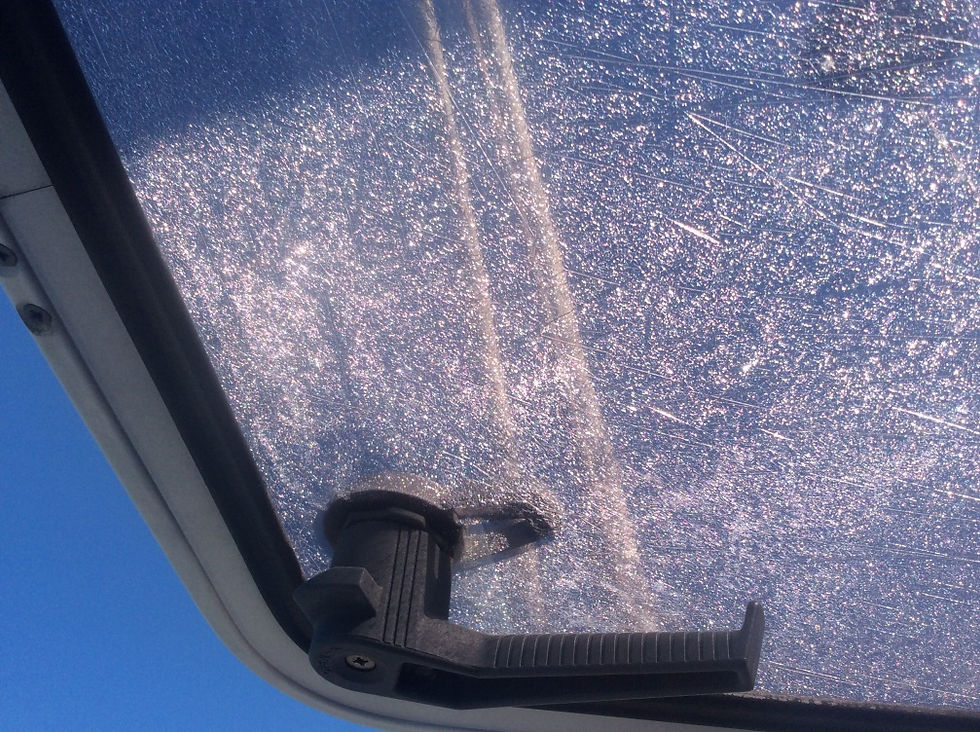
Glass on a boat is a common feature, offering protection from the elements while still allowing for an uninterrupted view of the surrounding water. However, over time, this glass may begin to develop a phenomenon known as "crazing". This is characterized by the formation of tiny cracks or fissures on the surface of the glass that can detract from its clarity and reduce its overall strength. In this article, we'll discuss why glass on a boat may begin to craze, how to address it early, and some solutions for refurbishing the glass to restore it to its former glory.
Why Does Glass on a Boat Begin to "Craze"?
There are several reasons why glass on a boat may begin to craze over time. One of the primary causes is exposure to the elements. As the boat is exposed to the sun, wind, and saltwater, the glass may begin to weaken and become more susceptible to cracking. Additionally, if the boat is stored in an area with significant temperature fluctuations or is subject to high levels of vibration, this can also contribute to the formation of crazing.
Another factor that can lead to crazing is the quality of the glass itself. Glass that is of a lower quality or that has been poorly manufactured may be more prone to developing these tiny cracks over time. This can be particularly problematic for boats that are used frequently, as the constant movement and exposure to the elements can exacerbate any pre-existing weaknesses in the glass.
How to Address Crazing Early
If you notice that the glass on your boat is beginning to craze, it's important to address the issue as soon as possible. This will help to prevent the cracks from spreading and potentially compromising the integrity of the glass. One of the first steps you can take is to clean the glass thoroughly. This will help to remove any dirt or debris that may be contributing to the crazing.
Another approach is to apply a protective coating to the glass. This can help to strengthen the glass and prevent further crazing. There are several products on the market that are specifically designed for this purpose, so be sure to do your research and choose a product that is appropriate for your particular type of glass.
Refurbishing Glass that Has "Crazed"
If the glass on your boat has already developed crazing, don't despair - it may still be possible to refurbish the glass and restore it to its former clarity. One of the most effective methods for refurbishing crazed glass is to use a specialized polishing compound. This compound is applied to the surface of the glass and then buffed with a soft cloth or polishing pad. Over time, this can help to smooth out the tiny cracks and restore the glass to its original strength and clarity.
It's important to note that not all types of crazing can be refurbished in this way. If the cracks are particularly deep or widespread, or if the glass has been compromised in any other way, it may be necessary to replace the glass altogether. However, in many cases, using a polishing compound can be an effective and cost-efficient way to address the issue of crazing.
In conclusion, while crazing can be a frustrating and potentially costly issue for boat owners, it's important to remember that there are solutions available. By taking steps to address the issue early, such as cleaning the glass and applying a protective coating, you can help to prevent the formation of further cracks. And if your glass has already begun to craze, don't despair - with the right polishing compound and some elbow grease, it may still be possible to restore it to its former glory.

Comentários